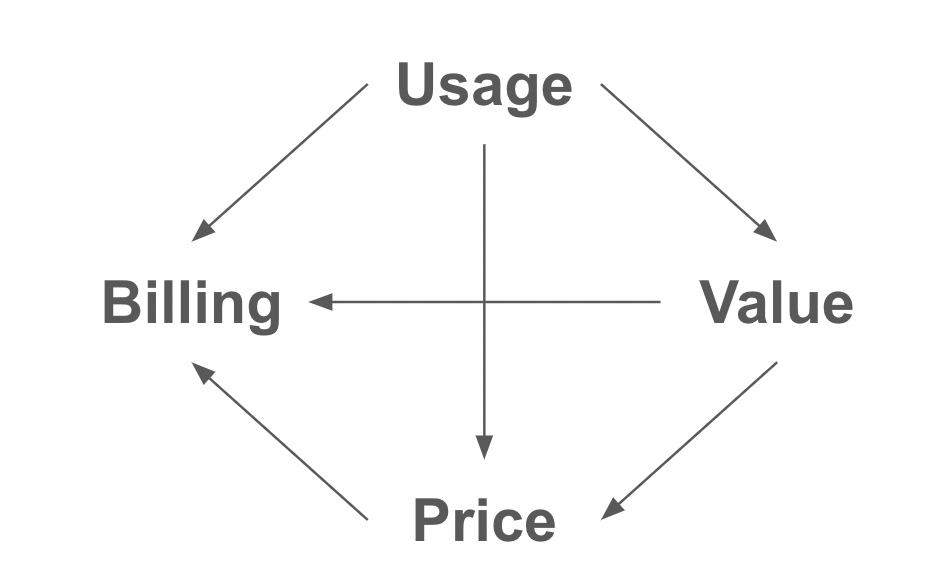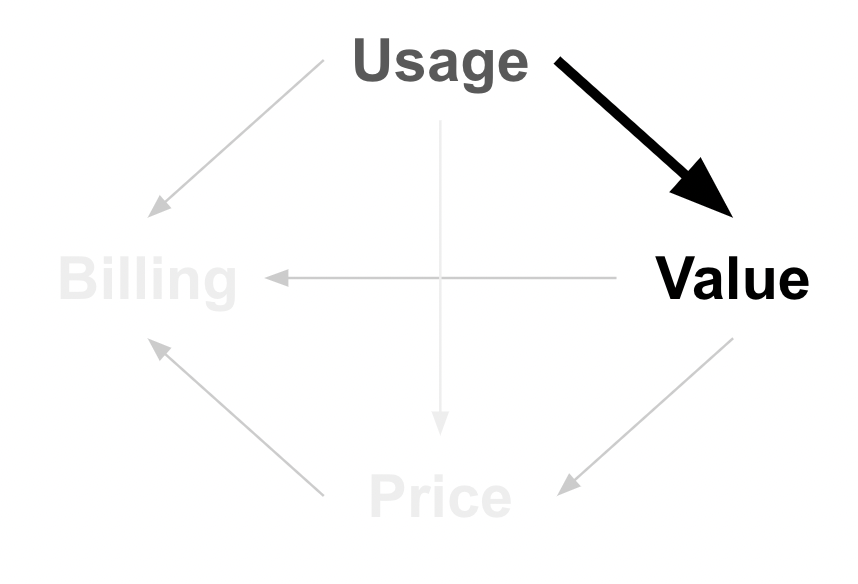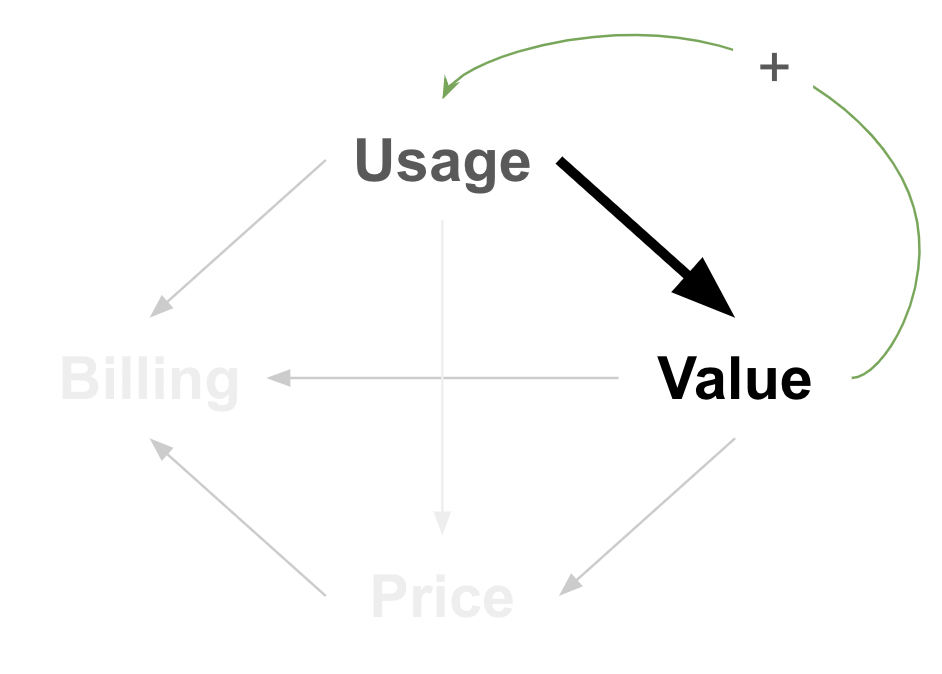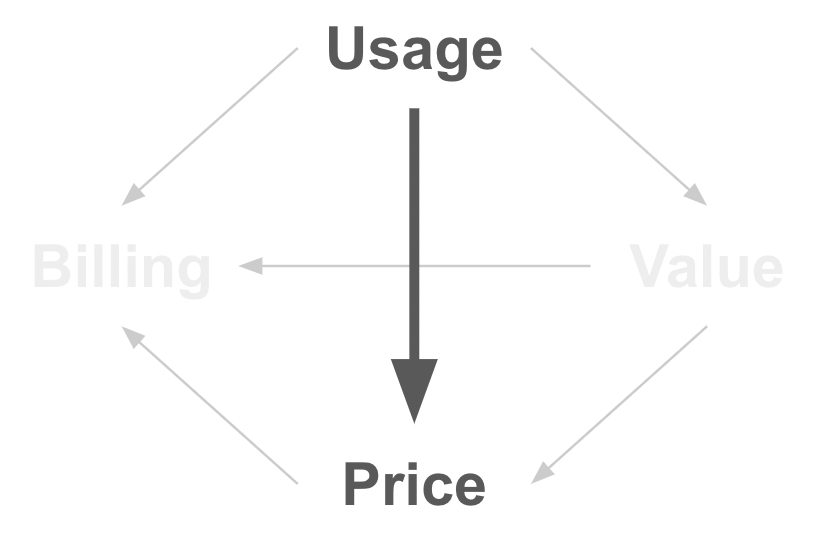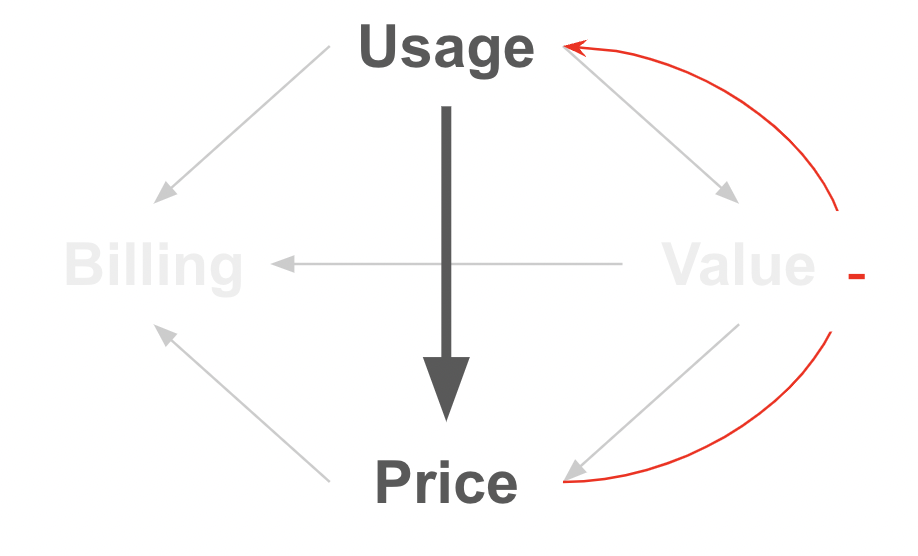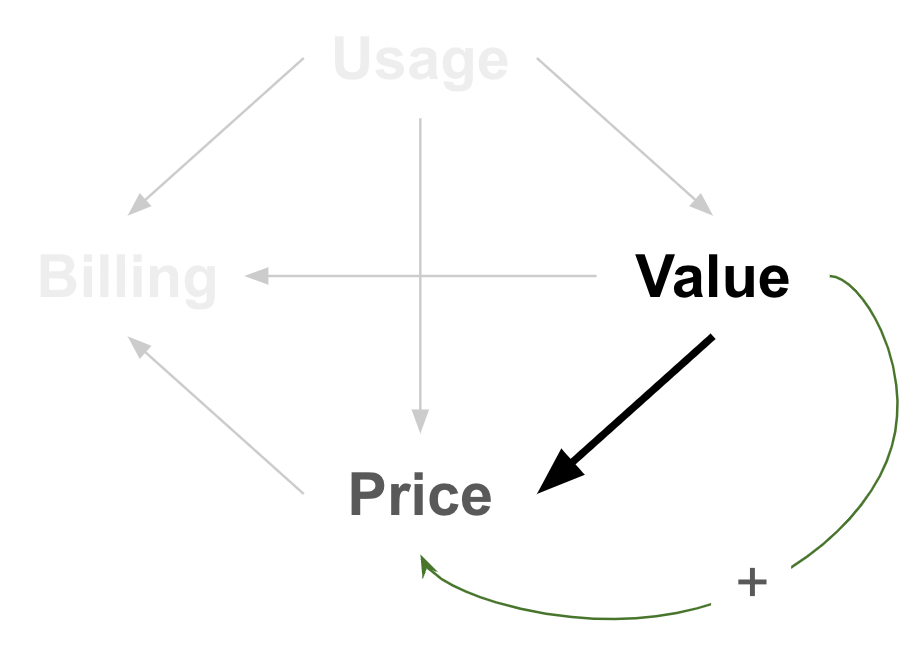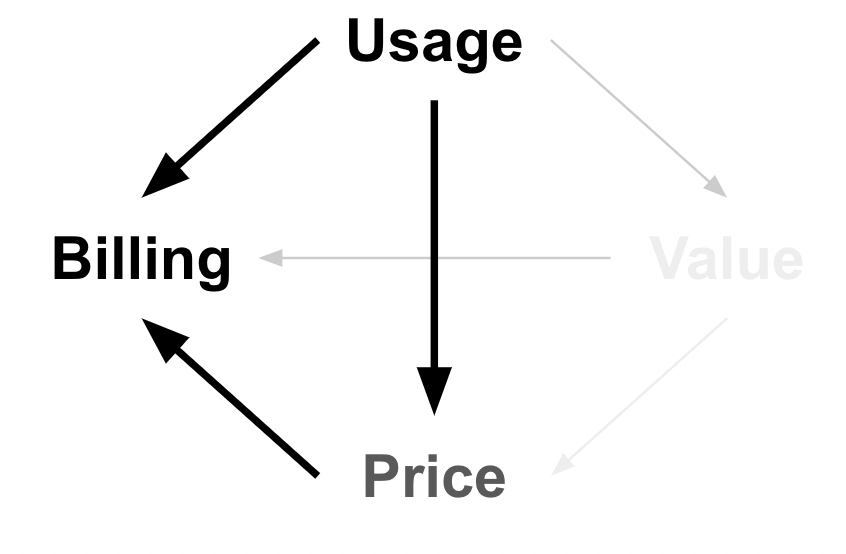[Webinar] Join Zenskar and Ibbaka on Wed, August 14: Unlock the Power of Usage-Based Pricing for Enhanced NRR
Steven Forth is CEO of Ibbaka. See his Skill Profile on Ibbaka Talio.
On Wednesday, August 14th, Steven Forth will be joining Saurabh Agrawal from Zenskar for a webinar on how to Unlock the Power of Usage-Based Pricing for Enhanced NRR.
You can sign up for the webinar here!
In the ever-evolving world of SaaS, usage-based pricing has emerged as a powerful strategy for driving revenue growth and customer satisfaction. Join us for an insightful discussion with Steven Forth, founder of Ibbaka, and Saurabh Agrawal, founder of Zenskar, as they explore the untapped potential of usage-based pricing and its impact on Net Revenue Retention (NRR)
What you'll learn from the webinar:
Why usage-based pricing is gaining popularity among software and API providers, catering to a growing demand for flexible and value-aligned pricing
How to effectively align usage-based pricing with customer value, ensuring a win-win scenario for you and your customers
The hidden advantages of higher NRR rates when combining usage-based pricing with traditional subscription models
Best practices for seamlessly integrating a usage-based pricing component into your existing pricing strategy
The webinar will give practical guidance on how to implement usage-based pricing in a way that will drive improved NRR performance.
Why are a pricing company and billing company getting together to talk about this?
Billing is where Usage, Value and Price come together.
Let’s see how this works.
Economic Value: How the solution impacts the customer’s Profit and Loss and/or Balance Sheet.
Usage: How much the solution is used.
Price: The amount charged.
Billing: How price is communicated and collected.
The key is to link usage and value.
A value model is needed to understand how usage creates value.
Usage data can feed a value model.
There are three value vectors:
Economic
Emotional
Social
All three are important to the user experience and customer experience.
All three can contribute to pricing power.
For B2B price is most often shaped by economic value.
When value is communicated to the user a positive feedback loop is established.
Usage-Based Pricing is when a usage metric is used to determine price.
One or more measures of use are used to determine price.
For NRR this turns on the Growth in Package Factor.
Research shows that having Growth in Package leads to higher Net Revenue Retention.
One has to take care when designing usage-based pricing not to discourage use.
Get pricing wrong and you can discourage the use that creates the value.
Value-Based Pricing requires a value model.
The economic value can be used to determine price.
Indirectly through calibration during pricing design.
Directly by using value to determine price.
A focus on value often leads to higher prices.
Value is the foundation or willingness to pay (WTP)
Billing is Where Price is Communicated and Revenue Collected.
Modern billing systems need to integrate usage data
The long-term goal is to base price on value and move to outcome-based pricing.
Next Generation Billing Systems will include value. In the future billing systems will be able to communicate value and bill based on the value delivered.
This is outcome-based pricing.
Predictive analytics and AI are leading more companies to adopt outcome-based pricing
And that is the story.
How a generative AI tells this story
Let’s try telling the same story another way. We uploaded these images into Perplexity and asked for a summary. This is what we got (this is the result when Perplexity used GPT4o).
1. Value
Value is the cornerstone of pricing strategies and can be broken down into three main vectors:
Economic Value: This impacts the customer’s profit and loss or balance sheet. It is the most significant factor in B2B pricing.
Emotional Value: This relates to the emotional satisfaction or attachment a customer has with a product or service.
Social Value: This pertains to the social benefits or status a customer gains from using a product or service.
2. Usage
Usage refers to how much a solution is utilized by the customer. It is a critical component because it directly influences the perceived value and, consequently, the pricing strategy. Usage data can feed into a value model to help understand how usage creates value.
3. Price
Price is the amount charged for a product or service. It should reflect the value delivered to the customer. There are different pricing strategies, such as value-based pricing and usage-based pricing, which are informed by the value and usage data.
4. Billing
Billing is the process of communicating and collecting the price. Modern billing systems need to integrate usage data to accurately reflect the value delivered and ensure transparent and fair billing practices.
Pricing Strategies
Value-Based Pricing
Definition: Pricing is based on the perceived value to the customer rather than the cost of production.
Implementation: Requires a value model to determine the economic value and set the price accordingly. This can lead to higher prices as it aligns with the customer’s willingness to pay (WTP).
Benefits: Often results in higher profit margins and better market penetration as it aligns closely with customer needs and perceptions.
Usage-Based Pricing
Definition: Pricing based on the actual usage of a product or service.
Implementation: Involves measuring one or more usage metrics (e.g., data consumed, number of users, events) to determine the price.
Benefits: This can lead to higher net revenue retention (NRR) as it scales with customer usage. However, care must be taken not to discourage use by making the pricing too complex or expensive.
Outcome-Based Pricing
Definition: Future-oriented pricing strategy where billing is based on the value delivered rather than the usage.
Implementation: Utilizes predictive analytics and AI to determine the value delivered and set the price accordingly.
Benefits: Aligns closely with customer success and satisfaction, potentially leading to long-term customer loyalty.
Quote-to-Cash (Q2C)
Definition: The end-to-end sales process from generating a quote to receiving payment.
Components: Includes quoting, contracting, order fulfillment, billing, and revenue recognition.
Benefits: Streamlines the sales process, reduces errors, and improves customer satisfaction by ensuring accurate and timely billing.
Configure Price Quote (CPQ)
Definition: A subset of Q2C focused on configuring products, determining accurate pricing, and generating professional quotes.
Components: Product configuration, pricing calculation, quote generation, and approval workflows.
Benefits: Enhances sales efficiency, reduces errors, and speeds up the sales cycle by automating complex quoting processes.
Integrating Value, Usage, and Billing
To improve pricing, Q2C, and CPQ processes, businesses should:
Develop a Value Model: Understand the economic, emotional, and social value your product or service delivers.
Leverage Usage Data: Use data on how customers use your product to inform your pricing strategy.
Implement Modern Billing Systems: Ensure your billing system can integrate usage data and reflect the value delivered.
Adopt CPQ Tools: Use CPQ tools to streamline the quoting process, ensuring accurate and efficient pricing and quoting.
Focus on Customer Communication: Clearly communicate the value and usage metrics to customers to establish trust and transparency.
By aligning value, usage, and billing, businesses can create a positive feedback loop that enhances customer satisfaction, improves revenue retention, and drives long-term growth.
Read other posts on pricing and Net Revenue Retention
Maximizing NRR: Introducing Ibbaka’s Revenue Retention Maturity Model
Protect Revenue Retention - Look at Churn
Differential Diagnosis of Pricing Symptoms for Churn
The OG of Retention Metrics: Why GRR Still Matters
What is driving your Net Revenue Retention (NRR)? Poll Results
Questions (and answers) from the PeakSpan Ibbaka webinar on Net Revenue Retention
Pricing and NRR: Five Questions About The PeakSpan Ibbaka NRR Survey Results
Net Revenue Retention Webinar - Unlocking the Secrets to SaaS Success
Pricing and NRR: The PeakSpan Ibbaka NRR Survey Results
Pricing and NRR: The Six Factors to Manage
Pricing and NRR: What are the key questions?
NDR Growth Tactics 6: Managing Churn
NDR Growth Tactics 5: Reduce Package Down-sell
NDR Growth Tactics 4: Avoid Package Shrinkage
NDR Growth Tactics 3: Promote Cross-Sell
NDR Growth Tactics 2: Drive Up-sell
NDR Growth Tactics 1: Grow in Package
NDR Growth Tactics Webinar | May 11, 2023
Managing Package Performance to Optimize SaaS NDR
How pricing can help fix NDR challenges
Net Revenue Retention impacts the value of your company




